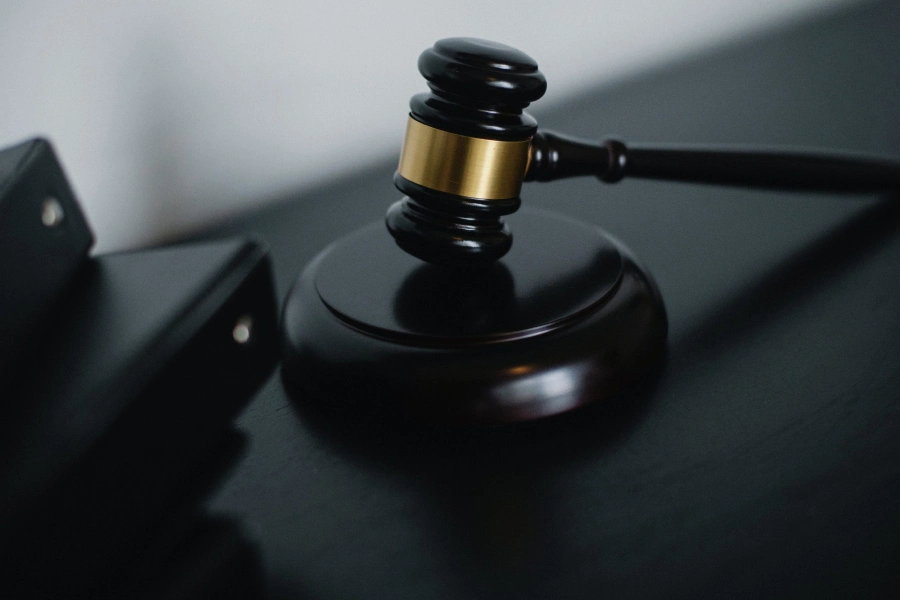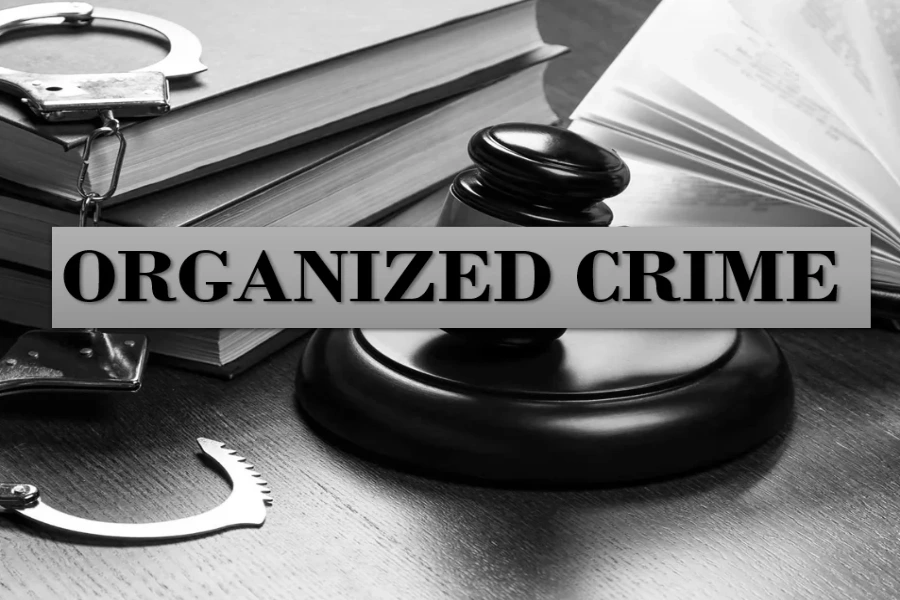Organized crime remains one of the most persistent threats to law and order in the United States. From notorious mob families of the early 20th century to sophisticated international crime syndicates today, the impact of organized crime affects millions of Americans, law enforcement agencies, and the nation’s economy. This article provides an in-depth legal overview of organized crime in America, exploring key legislation, enforcement strategies, ongoing challenges, and future outlooks. Whether you’re a legal professional, student, or concerned citizen, understanding these issues is vital in 2025.
What Is Organized Crime? Understanding the Legal Definition
Organized crime refers to structured groups engaged in continuous illegal activity, including drug trafficking, racketeering, money laundering, extortion, human trafficking, and more. The U.S. legal system treats organized crime differently from isolated criminal acts, recognizing the dangerous and systemic nature of these enterprises.
The landmark legal tool in combating organized crime is the Racketeer Influenced and Corrupt Organizations Act (RICO), enacted in 1970. RICO enables prosecutors to charge individuals who participate in ongoing criminal enterprises, even if they did not commit all underlying crimes themselves. This act has transformed the way law enforcement tackles organized crime by targeting the leadership and entire organizations rather than isolated offenders.

Key Legal Frameworks Against Organized Crime in the U.S.
Several critical laws and agencies work together to dismantle organized crime:
1. The RICO Act
RICO is the backbone of federal anti-organized crime efforts. It defines a “racketeering enterprise” and allows for prosecution of individuals who commit multiple related crimes within a ten-year period. Common charges under RICO include:
-
Drug trafficking
-
Bribery and corruption
-
Fraud and embezzlement
-
Murder and assault linked to criminal enterprise
-
Money laundering
RICO also permits the seizure of assets obtained through criminal activity, thereby weakening the financial foundations of criminal groups.
2. Federal and State Collaboration
Law enforcement agencies such as the FBI, Drug Enforcement Administration (DEA), Bureau of Alcohol, Tobacco, Firearms and Explosives (ATF), and state police regularly collaborate on organized crime investigations. Joint task forces combine resources and intelligence to maximize the impact on criminal networks.
3. Asset Forfeiture and Money Laundering Laws
Federal laws allow authorities to seize assets linked to criminal proceeds. Money laundering statutes target the process criminals use to disguise illegal profits as legitimate income, making these laws crucial in financial investigations.
4. Witness Protection Programs
A significant hurdle in prosecuting organized crime is witness intimidation. The Witness Security Program (WITSEC) protects cooperating witnesses and their families, offering relocation and new identities to ensure safety.
The Challenges of Prosecuting Organized Crime
Despite comprehensive laws, prosecuting organized crime is notoriously difficult for several reasons:
Sophistication and Secrecy
Modern crime syndicates use decentralized networks, encrypted communications, and sophisticated financial instruments to avoid detection.
Corruption and Intimidation
Organized crime often corrupts public officials and law enforcement, complicating investigations and prosecutions.
Jurisdictional Issues
Many criminal enterprises operate across state and international borders, requiring coordination between numerous agencies and governments.
Technology and Encryption
The rise of cryptocurrencies and secure messaging apps has made tracking illicit transactions and communications more challenging than ever.
Landmark Cases That Shaped Law Enforcement Strategies
Several high-profile cases illustrate how law enforcement has adapted to organized crime’s evolving tactics:
-
The Mafia Trials (1980s-1990s): Using RICO, federal prosecutors dismantled powerful Mafia families in cities like New York and Chicago, setting precedents for how to charge criminal organizations.
-
Operation Green Quest: A multi-agency investigation focused on disrupting money laundering activities tied to terrorist financing and organized crime.
-
Recent Cartel Prosecutions: Cases against Mexican drug cartels show the importance of international cooperation and advanced surveillance techniques.
These cases underscore the vital role of inter-agency collaboration and legal innovation in combating organized crime.
The Economic and Social Impact of Organized Crime in America
Organized crime affects America far beyond just law enforcement:
-
Economic Costs: Illegal activities distort markets, drain public resources, and threaten legitimate businesses.
-
Public Safety: Violence, extortion, and intimidation associated with organized crime harm communities.
-
Social Consequences: Organized crime contributes to human trafficking, drug addiction, and systemic corruption, undermining social stability.
These wide-ranging effects underscore the importance of a strong legal response.
Prevention Strategies and Policy Developments
Preventing organized crime requires a multi-dimensional approach:
Legislative Reforms
Lawmakers regularly update statutes to address new criminal methods. For example, laws targeting cybercrime and cryptocurrency transactions have become critical.
Community Outreach
Educating the public, improving economic opportunities, and fostering trust between communities and police reduce the appeal and influence of organized crime.
Technological Investments
Law enforcement agencies invest in data analytics, artificial intelligence, and cyber forensics to stay ahead of criminals.
The Future of Law Enforcement and Organized Crime
The fight against organized crime is ongoing, with emerging trends shaping the future:
-
Greater Global Cooperation: International partnerships will be essential to tackle cross-border crime.
-
Legal Innovations: New laws will address technological challenges and criminal innovation.
-
Community Engagement: Empowering local communities remains a cornerstone for prevention.
-
Advanced Surveillance: AI and machine learning tools will play increasing roles in predictive policing and investigations.
Conclusion
In 2025, the struggle between law and order and organized crime continues to challenge the United States. Strong legal frameworks like RICO, combined with multi-agency cooperation, technological advancements, and community involvement, are critical to dismantling these dangerous enterprises. By understanding the legal landscape and evolving challenges, Americans can better support efforts to preserve justice, security, and prosperity.
FAQ
What is organized crime?
Organized crime refers to structured groups involved in ongoing illegal activities such as drug trafficking, racketeering, money laundering, extortion, and human trafficking.
How does the U.S. legally define and combat organized crime?
The primary legal tool is the RICO Act (Racketeer Influenced and Corrupt Organizations Act), which allows prosecution of individuals and groups involved in criminal enterprises.
What crimes fall under organized crime charges?
Common charges include drug trafficking, bribery, fraud, murder related to criminal enterprises, and money laundering.
Which agencies are involved in fighting organized crime?
Key agencies include the FBI, DEA, ATF, and state law enforcement, often working together through joint task forces.
What challenges do prosecutors face in tackling organized crime?
Challenges include sophisticated networks, corruption, jurisdictional issues, witness intimidation, and technological encryption methods.
How does the Witness Protection Program help in organized crime cases?
It provides safety, relocation, and new identities to cooperating witnesses who face threats from criminal organizations.
How has the RICO Act impacted organized crime prosecution?
RICO enables targeting of entire criminal organizations, not just individual criminals, allowing for more effective dismantling of crime syndicates.
What are some landmark cases against organized crime in the U.S.?
Mafia prosecutions in the 1980s-90s, Operation Green Quest against money laundering, and recent prosecutions of drug cartels highlight law enforcement successes.
What is the economic impact of organized crime on the U.S.?
Organized crime distorts markets, drains public resources, and undermines legitimate businesses, costing billions annually.
How does organized crime affect public safety and society?
It fosters violence, intimidation, drug addiction, human trafficking, and systemic corruption, harming communities nationwide.
What strategies are used to prevent organized crime?
Strategies include legislative reforms, community outreach, technological investments, and increased cooperation among agencies.
How will law enforcement tackle organized crime in the future?
Future efforts focus on global cooperation, legal innovations, community engagement, and the use of AI and advanced surveillance technologies.

